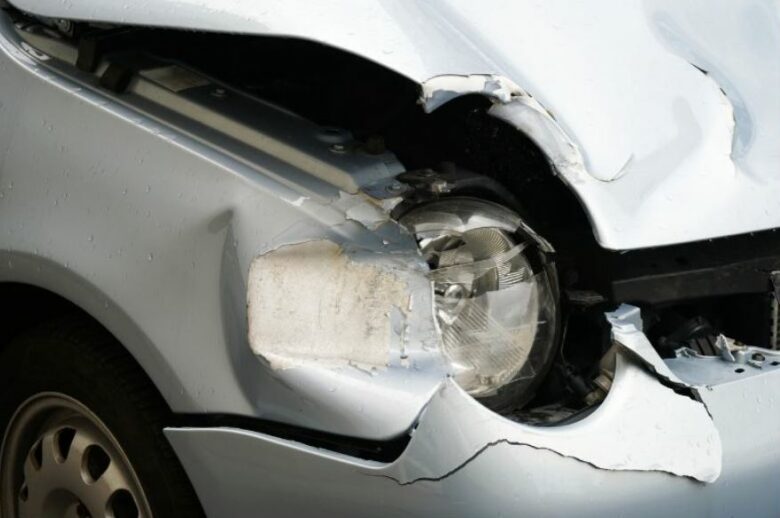OEM vs Like Kind & Quality vs Aftermarket Parts
I have an insurance claim on my car and the insurance company wants to use aftermarket parts, is that ok?
Ok, listen…different auto insurance policies have different loss settlement options, even within the same insurance company. Often it comes to optional riders or simply the age of your car. When it comes to parts and repairing your vehicle there are three basic sources of these parts.
First is Original Equipment Manufacturer, or OEM. This means that the parts used to fix your car are from the same supplier that made the parts that the vehicle came with rolling off of the assembly line. On older cars, this option may not be available if the manufacturing of those parts has been discontinued over the years, or if the supplier is no longer in business. Or this option is considerably costlier than the options to follow. Because these are considered “factory” parts – this is the option most people feel most comfortable with.
The next option is “Like Kind and Quality” (LK&Q). For example, if the right front door on your 2015 Honda is damaged, the door may be replaced with a door removed from a salvaged 2015 Honda. The replacement door would be cleaned up, painted to match – and installed. Ironically, despite this being considered the next best option by insureds – this one causes the most legitimate concerns when the new / used part arrives at the shop rusted and dented all up. **
The option that often gets people the most excited is “Aftermarket”. These parts are new parts, but manufactured by a parts supplier that originally was not the company that the car was originally built with. When clients hear that these parts will be going on their car we sometimes get concerned phone calls out of fears that these parts are inferior.
What I want to do here, is try to squash some of the concerns with aftermarket parts with one example by asking one simple question:
Do you take any prescription medication? If you do – do you get the name brand or the generic?
If you take the generic version, did you know that the main ingredients in generic medications are legally allowed to vary by up to 10% plus or minus from the original formula?
Conversely, did you know that aftermarket automotive body parts are manufactured exactly to the same specification of the OEM parts? Did you also know that usually these aftermarket parts come with warranties, unlike “like kind and quality” parts usually?
Listen, I get it that if my own vehicle was being repaired that I would prefer OEM parts. But in the event that it’s not possible, or if it’s a significantly higher cost to the insurance company, I am perfectly comfortable with LK&Q or aftermarket too.
If we are ok with ingesting medicines into our bodies that have a permissible ingredient variation rate of up to 10%, why would we have any qualms about installing parts built to spec on our cars?
I’m not saying we won’t fight for your right for OEM parts, we will. But sometimes we need to take a deep breath and calm down a little.
SPECIAL NOTE: Electrical parts are an entirely different subject, but are rarely involved in most body damage losses.
** If the insurance company ships your body shop a part that is damaged and unusable, they are then legally required to buy you at first option an OEM part, and if unavailable – then an aftermarket.

Joseph D. Beck, President, CIC, CPRM, Beck Insurance Agency
For more interesting insurance information, please visit our main blog page here and browse a variety of topics. To contact our agency for products, rates, or policy changes please call Beck Insurance Agency at 419-446-2777, email us at help@beckinsurance.com, or click here.

